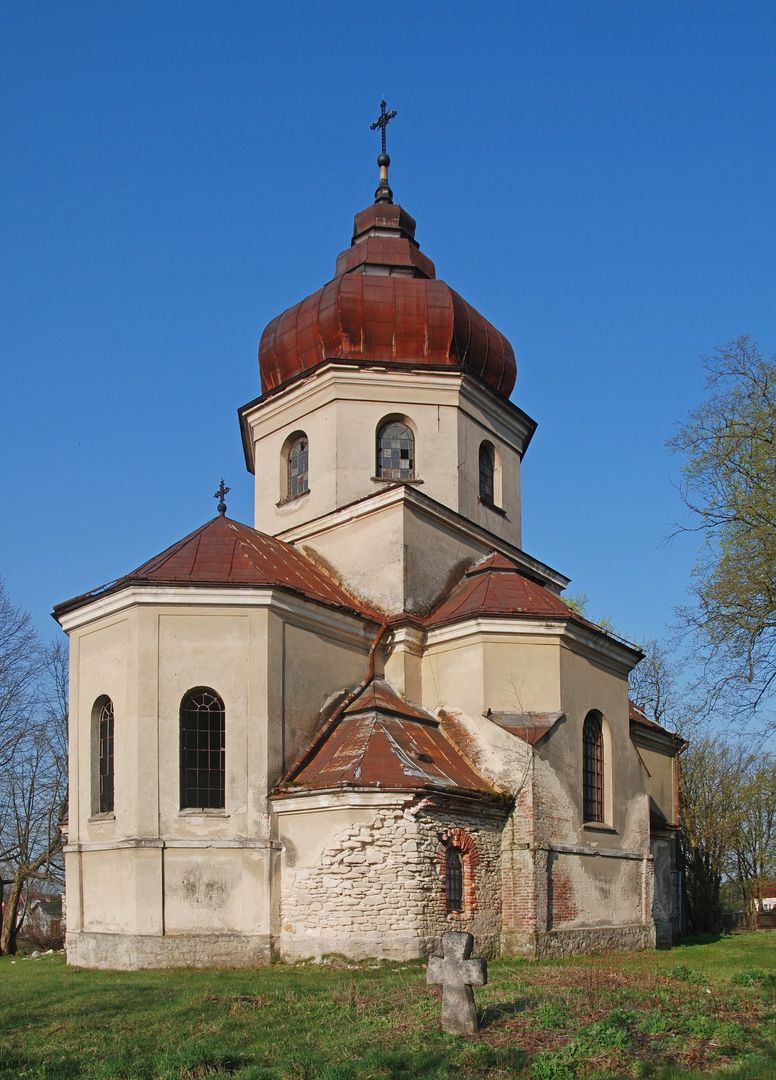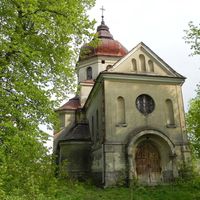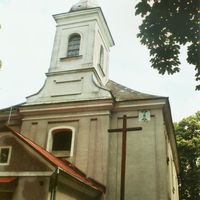Amphibians
6.01

Overview
Płazów is a village in Poland, located in the Podkarpackie Voivodeship, Lubaczów County, within the administrative district of Narol. Situated on the border of the Tarnogród Plateau and the Biłgoraj Plain, it lies at the foothills of the Eastern Roztocze. The village, which was granted town rights in 1614 by a privilege of King Sigismund III Vasa, was founded by Jan Płaza. Although it never achieved great significance, Płazów was a local center of crafts and trade. In the 19th century, a woodcutting tradition developed here, with its representatives, Mateusz and Maciej Kostrzyccy, creating holy pictures sold at fairs. To this day, 13 woodcut matrices have been preserved and are exhibited at the Ethnographic Museum in Krakow. Płazów was also the site of tragic events during World War II, when a forced labor camp for Jews operating here witnessed a dysentery epidemic, and some of its prisoners were murdered. The parish church of St. Michael the Archangel, built between 1818 and 1821, replaced earlier wooden structures and remains one of the village's main landmarks to this day. Next to the church are screen-type bell towers and a monument commemorating the regaining of independence. Płazów has preserved the layout of the old town with its market square and narrow streets, as well as the inactive Church of the Dormition of the Mother of God from 1936. The history of education in Płazów dates back to the 19th century when a parish school was established. Although Płazów is now a village, its rich history and cultural heritage, including unique woodcutting traditions, are a fascinating testament to local identity.
Location
2025 Wizytor | All Rights Reserved

